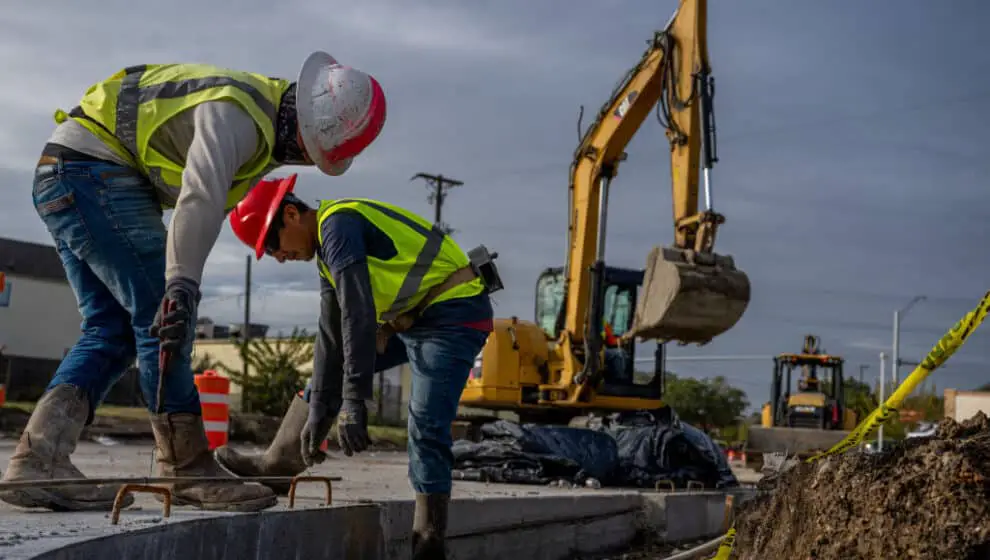Private-sector hiring has started to slow as the number of people hired failed to meet market projections.
Key Details
- Private-sector hiring failed to meet its 210,000 expectations and instead rose to 145,000 in March. That number is down from 261,000 in February.
- Professional and business services declined by 46,000, and financial activities saw a 51,000 drop.
- Other industries, such as trade, transportation, and utilities, gained 56,000; construction increased by 53,000; and leisure and hospitality rose by 98,000 workers, CNBC reports.
- First-quarter hiring is now at an average of 175,000 jobs per month—a decline from the fourth-quarter average of 216,000. The first quarter of 2022 has a 397,000 average.
Why it’s news
The slowdown in hiring during March indicates that the U.S. economy might be decelerating into a recession. Employers are beginning to pull back on hiring, anticipating higher costs and worsening economic conditions.
The annual pay rate rose at a 6.9% rate, also a decline from February when it increased at a 7.2% rate.
The services and goods-producing industries had nearly even job growth—an atypical occurrence. The service industry in the U.S. typically has more robust hiring gains than the goods-producing sector. Services gained 75,000 workers, and goods producers gained 70,000, CNBC reports.
Manufacturing, professional and business services, and financial activities all saw declines. Financial activities suffered the most, with 51,000 lost jobs. Manufacturing had a 30,000 job decline.
Meanwhile, leisure and hospitality industries added around 98,000 workers. Construction, trade, and mining saw increases as well. Education and health services had a slight increase of 17,000.
Small businesses, in particular, saw greater job growth than larger companies—a turnaround from previous months where small firms struggled to grow.
